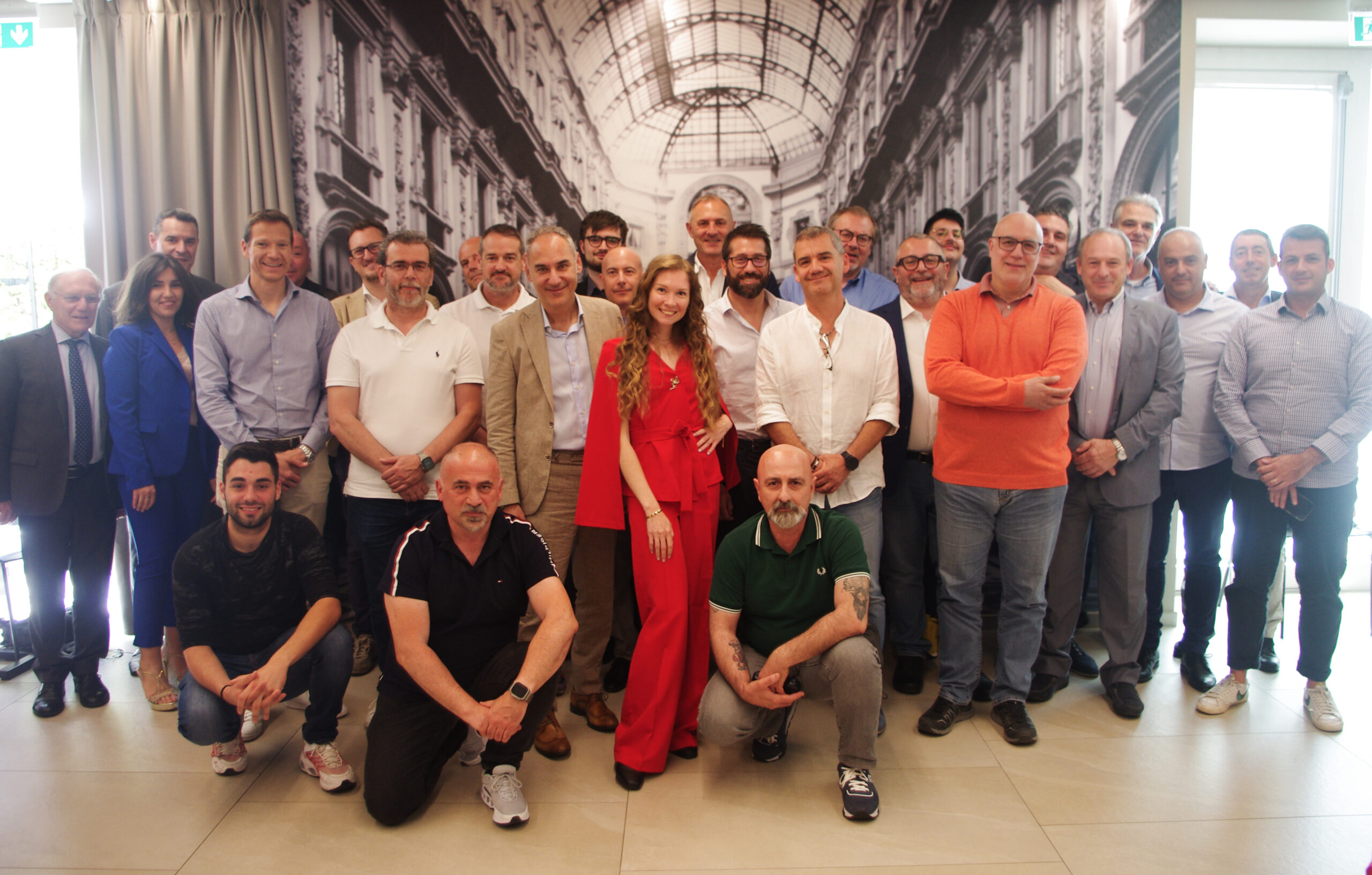Nowadays, any project must have an environmental approach to achieve greater value and better results. In addition, connectivity is also a priority in many of them.
Wouldn’t it be great to find solutions that combine both qualities? Fortunately, this is possible. We talk about how WiFi technology is driving progress towards a more sustainable world.
The impact of the network in the environment
The use of the internet and digital technologies accounts for a significant amount of CO2 emissions, mainly due to the consumption of electrical energy associated with the use of online services.
An electricity expense that ranges from that of the users’ own devices, to that of the servers, the networks themselves and the data centers necessary for the service to function properly.
A study from the International Journal of Computer Science and Information Technology reveals that digital technologies account for 4% of greenhouse gases (GHG) and their energy consumption increases by 9% per year.
As a very involved party in this situation, WiFi networks can do a lot to change this trend. Let’s take a look at the key points that will help them achieve this goal.
What WiFi can do for sustainability and what it achieves
The IEEE Access journal study “Green Wi-Fi: Improving Wi-Fi Energy Efficiency and Environmental Sustainability” indicates that there are opportunities to improve the energy efficiency of Wi-Fi networks through the adoption of strategies such as:
- Energy management optimization.
- The selection of the most efficient devices and network technologies.
- The use of renewable energy sources.
In fact, companies are already aware of this reality. According to a study carried out by AMETIC in collaboration with the UN Global Compact in Spain, 70% of companies consider that their activity can have an impact on the Sustainable Development Goals.
On the other hand, it also reveals that taking action in favor of achieving the SDGs brings them greater economic benefits, an optimized relationship with customers, new business opportunities, improves their reputation and attracts investors.

How WiFi technology contributes to the protect the environment
Intelligent Resource Management
First of all, we can talk about how WiFi networks facilitate more efficient resource management. Here, we can highlight the role of IoT or Internet of Things technology. Thanks to this, we can control the use that is being made of certain resources, even in real time.
For example, in smart buildings, the air conditioning of rooms can be adjusted according to the presence or absence of people in them; Water supply networks, breaks or leaks can be identified, preventing large and valuable losses, especially in drought-stricken locations.
In the case of services such as waste management, IoT makes it possible to know the filling levels of containers, which opens the doors to a more efficient truck route design that reduces CO2 emissions.
On top of that, we must include the contribution that WiFi Location Analytics technology can make, which allows counting and monitoring the flows of people in different scenarios.
This way, it is possible to know which areas – whether outdoor or indoor – are going to need resources such as more or less public lighting, certain environmental conditions, more or less transport services, etc.
Efficiency of the WiFi network
On the other hand, we need to focus on the energy consumption of WiFi devices and infrastructures.
In this regard, great strides have been made with the development of standards, such as WiFi 6. It improves the battery lifecycle of devices through its Target Wake Time (TWT) technology.
TWT causes the device to put the WiFi to sleep while it is not needed. A highly valued quality in IoT environments, where equipment does not necessarily have to be constantly sending and receiving data.
With the aim of deploying WiFi networks that consume less, without this entailing a decrease in the quality of service and user experience, at Galgus we have our own patented CHT (Cognitive Hotspot Technology) technology.
This makes it possible to offer high-level, fast, safe and robust connectivity, installing a much smaller number of WiFi access points than other options available on the market.

Undoubtedly, the potential of WiFi networks to offer us and the next generations a better planet is not residual. Especially if we go for the most appropriate solutions for it.
In this matter, Galgus has so much to say, offering valuable alternatives for different sectors, based on high-level connectivity and unique location analytics, recognized by Gartner, which offers very high accuracy, counting unconnected devices and avoiding the deviation typical of the randomization of MAC addresses.
We encourage you to learn more about all of them and how they adapt to the needs of your project, which must not lose sight of the environmental perspective to grow. Shall we talk about it?









